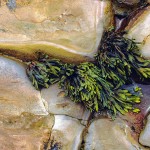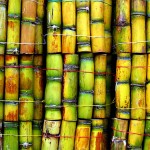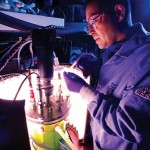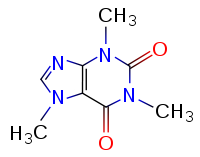
Liverworts (Source: Dermnet.org)

Dr.Gary Bradfield (Source: UBC, Department of Botany)
Dr. Gary Bradfield, a researcher at the University of British Columbia, who studies about bryophytes after disturbances, explained how these little organisms help to maintain the ecosystems.
Bryophytes are sensitive to changes in their living environments because of their simple structures. Similar to canaries being used to detect toxic gas in coal mines, bryophytes can be used as indicators to detect natural and human disturbances. “They’re so sensitive to any kinds of changes in climates, changes in conditions, so we can use them like little measuring devices,” explained by Dr. Bradfield. By comparing the numbers of species and their abundance in disturbed and undisturbed areas, researchers can determine whether a disturbance puts a great effect on the environment.

Deforestation by logging (Source: Cosmosmagazine.com)
After a bad disturbance, such as a deforestation by logging, the forest may look dead in the first glance. But if we take a closer look, we can find bryophytes growing on burnt trees or surviving beneath rocks. “These guys (bryophytes) are so tiny, they actually survive, they are like little survivors after a nuclear war,” said Dr. Bradfield.
Not all disturbances are bad. A good disturbance can be a rainy day in the forests to give plants moisture, or fallen wood branches which hold nutrients and moisture which bryophytes required. Bryophytes can store the moisture and nutrients from these disturbances, and allow other plants or animals to use them. As Dr. Bradfield explained, “we think of them as the arteries of the forest. In like our own bodies we have arteries carrying our blood around.”
Here is a short video that briefly explains how bryophytes can be used to help protect biodiversity and answers to some questions from Dr. Bradfield.
We also made a podcast which talks about how human disturbances affect our forests. It explains what is a riparian zone and how it can help us to protect nearby ecosystems.
Audio clip: Adobe Flash Player (version 9 or above) is required to play this audio clip. Download the latest version here. You also need to have JavaScript enabled in your browser.
When an engineer designs a machine,every piece of component in the machine is important for it to function properly. Nature is also a brilliant engineer; bryophytes may look insignificant to us, but they are truly amazing organisms that help protect and recover the ecosystem from disturbances.
References:
1) Baldwin, L. K.; Petersen, C. L.; Bradfield, G. E.; Jones, W. M.; Black, S. T.; Karakatsoulis, J. Bryophyte response to forest canopy treatments within the riparian zone of high-elevation small streams. Canadian Journal of Forest Research-Revue Canadienne De Recherche Forestiere 2012, 42, 141-156.
http://scitec.uwichill.edu.bb/bcs/bl14apl/bryo1.htm ( link to bryophytes website)
http://www.eoearth.org/article/Natural_disturbance_regime?topic=58074 ( link to disturbance website)
http://www.greenworks.tv/stormwater/riparianbuffer.htm (link to riparian buffer website)

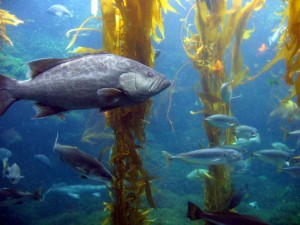

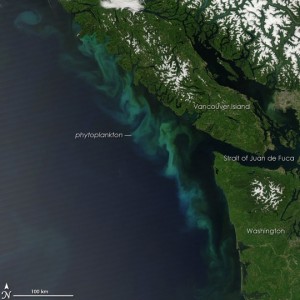
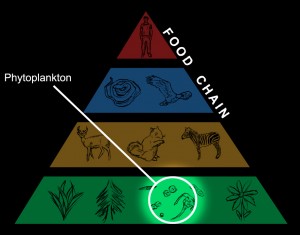
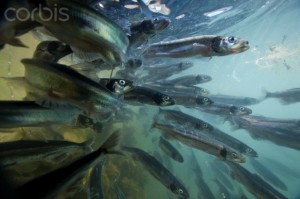


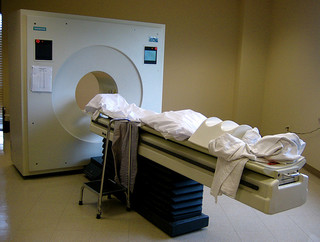

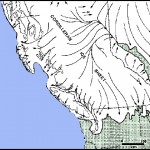

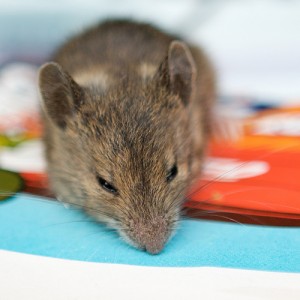
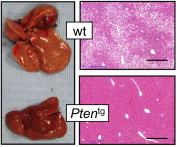
 AIRE mask is designed by Joco Paulo Lammoglia, an inventor from Rio de Janeiro, Brazil. AIRE mask is a device that uses the flow of air produced by your breath to generate electricity. The design is simple and yet effective: Small wind turbines are built inside the mask. These turbines can gather energy from the movements of the air and convert it to electricity. The electricity produced is enough to recharge an iPod or even an iPhone.
AIRE mask is designed by Joco Paulo Lammoglia, an inventor from Rio de Janeiro, Brazil. AIRE mask is a device that uses the flow of air produced by your breath to generate electricity. The design is simple and yet effective: Small wind turbines are built inside the mask. These turbines can gather energy from the movements of the air and convert it to electricity. The electricity produced is enough to recharge an iPod or even an iPhone.



